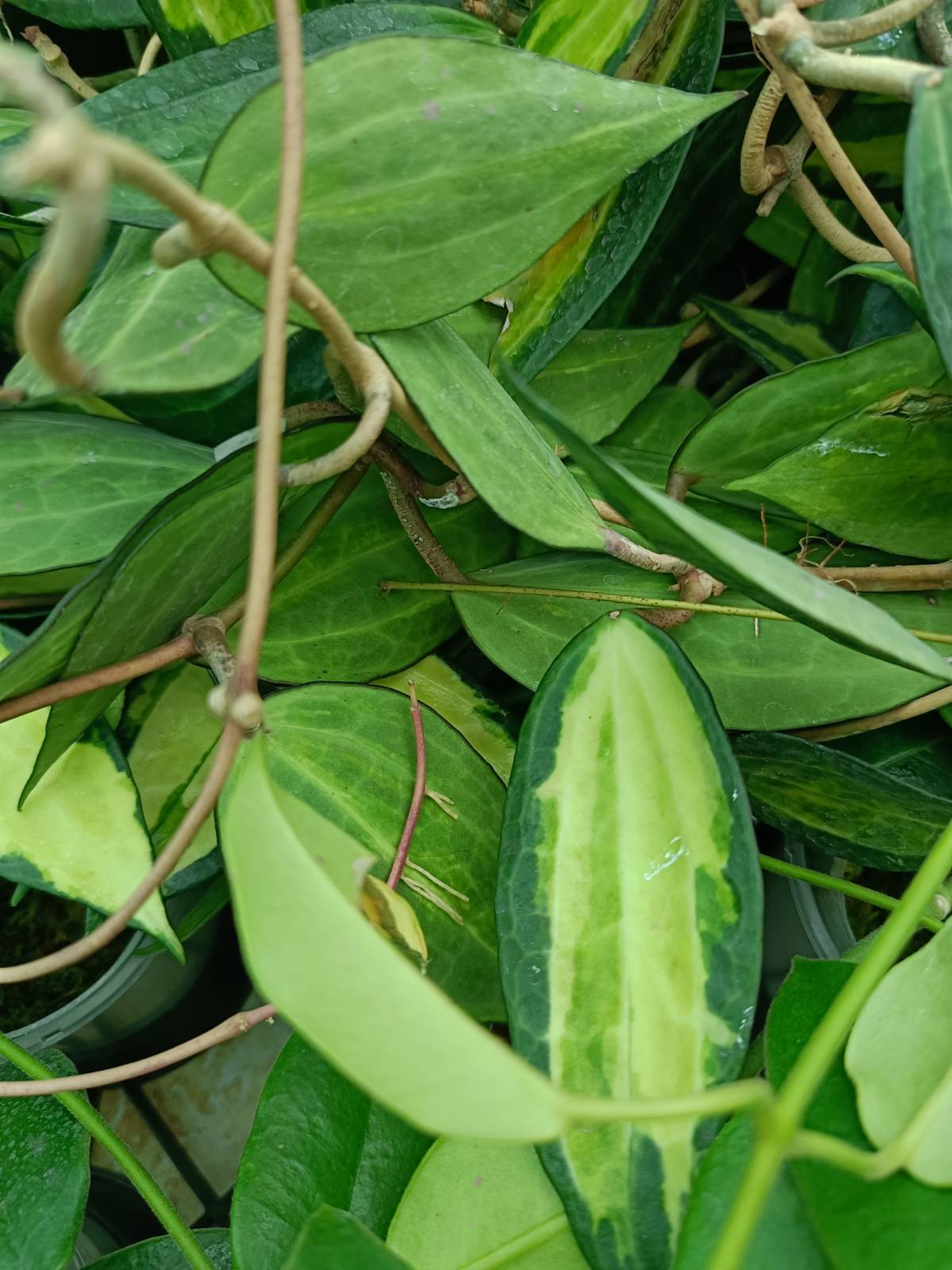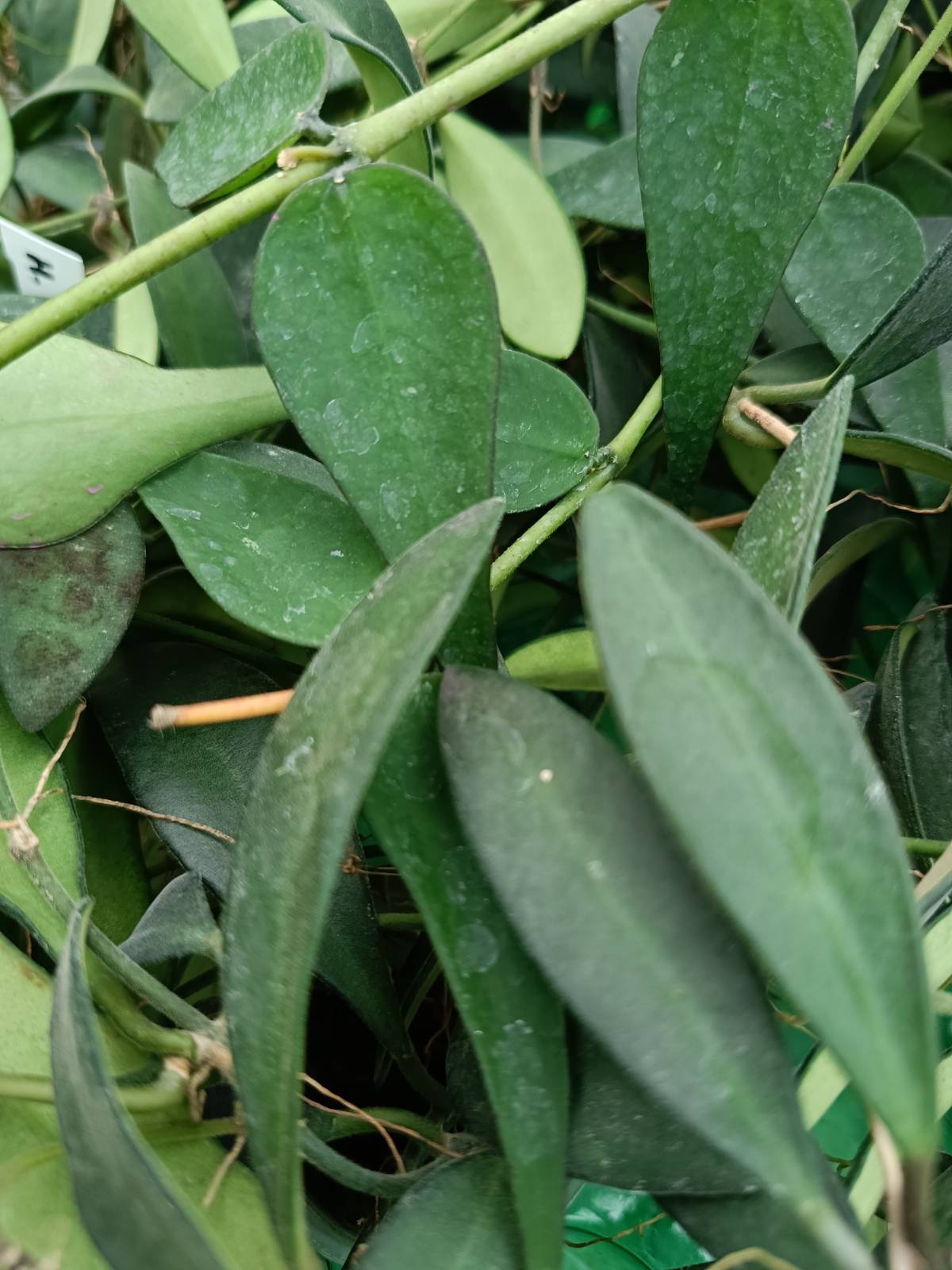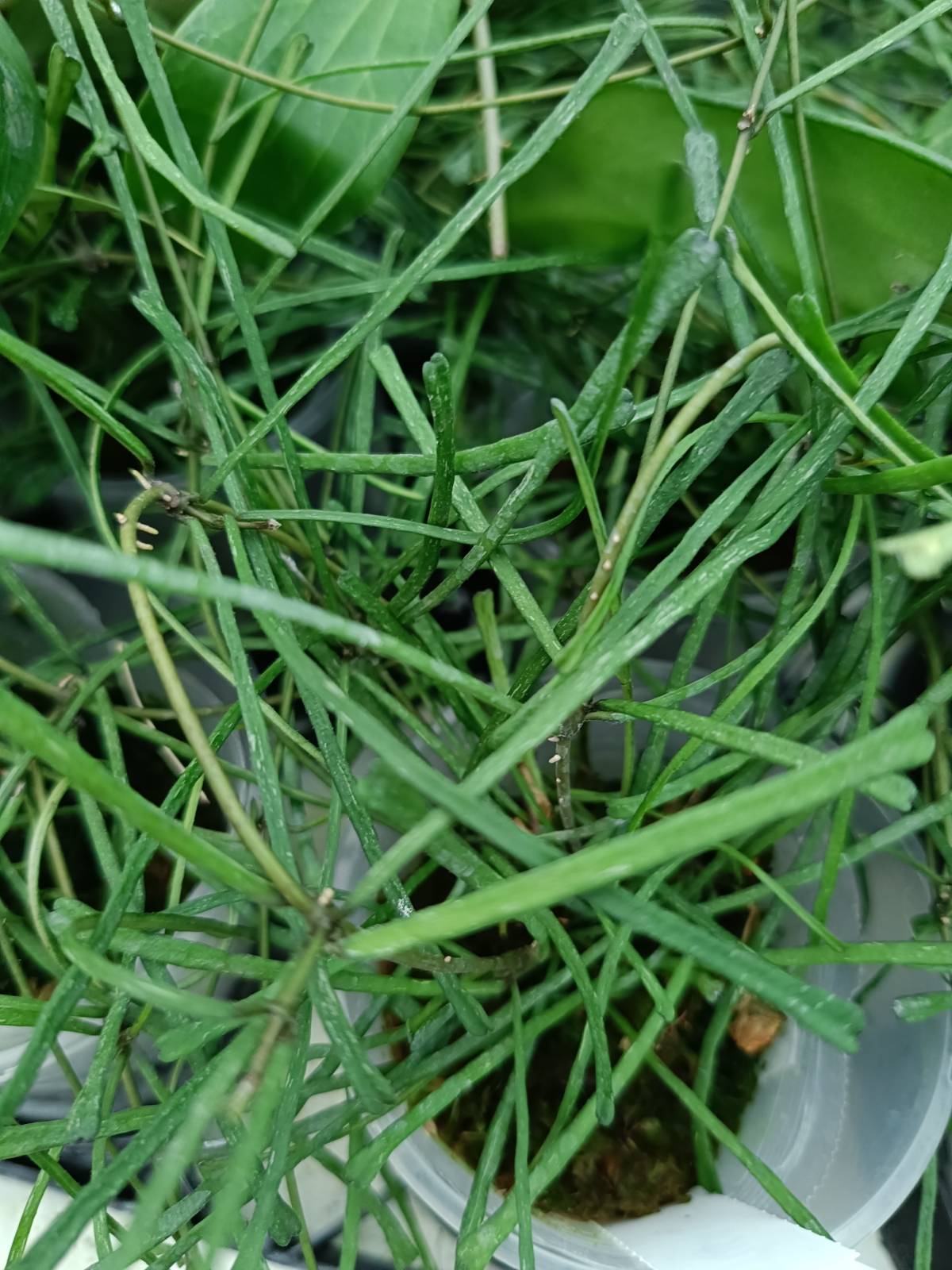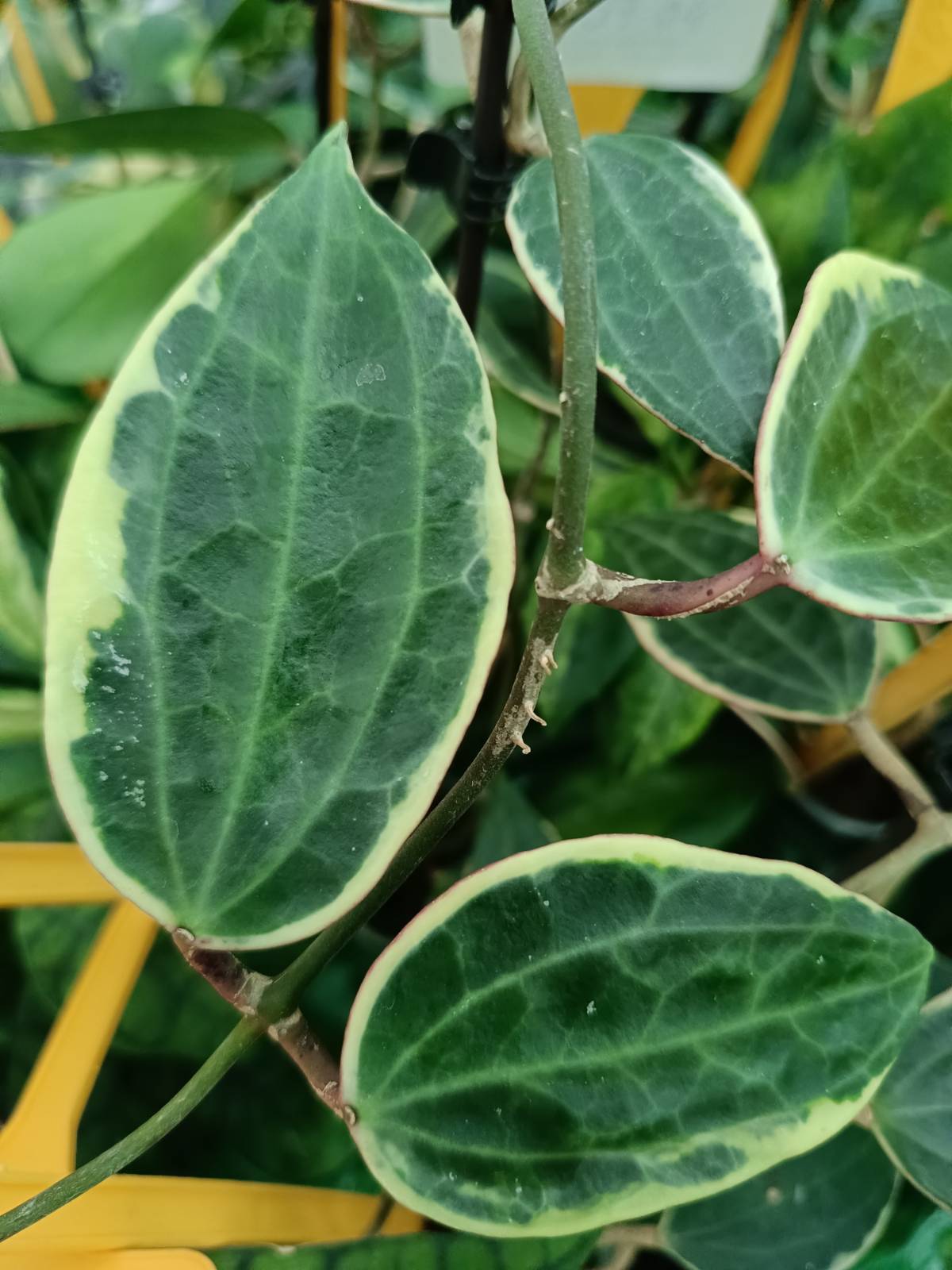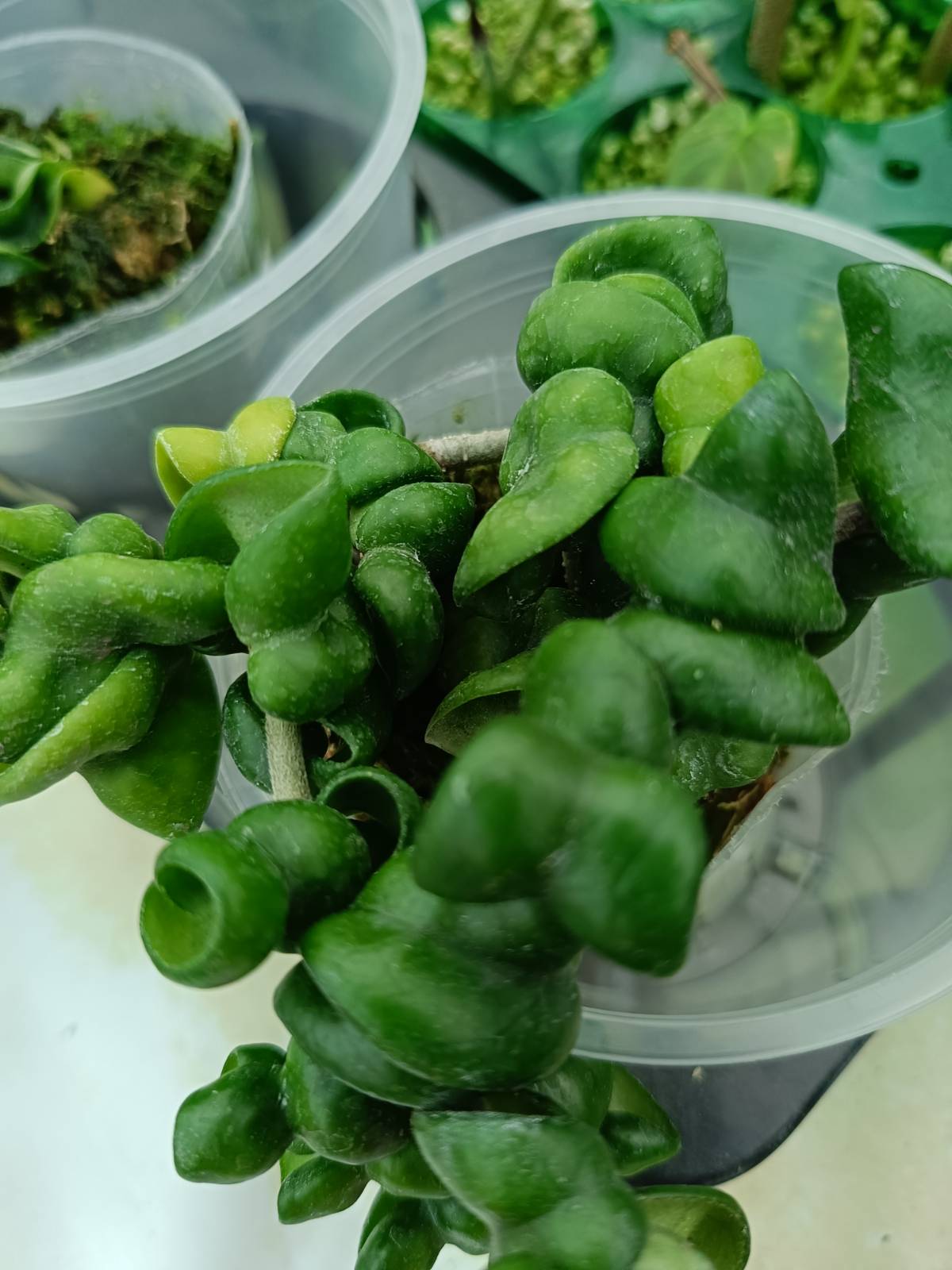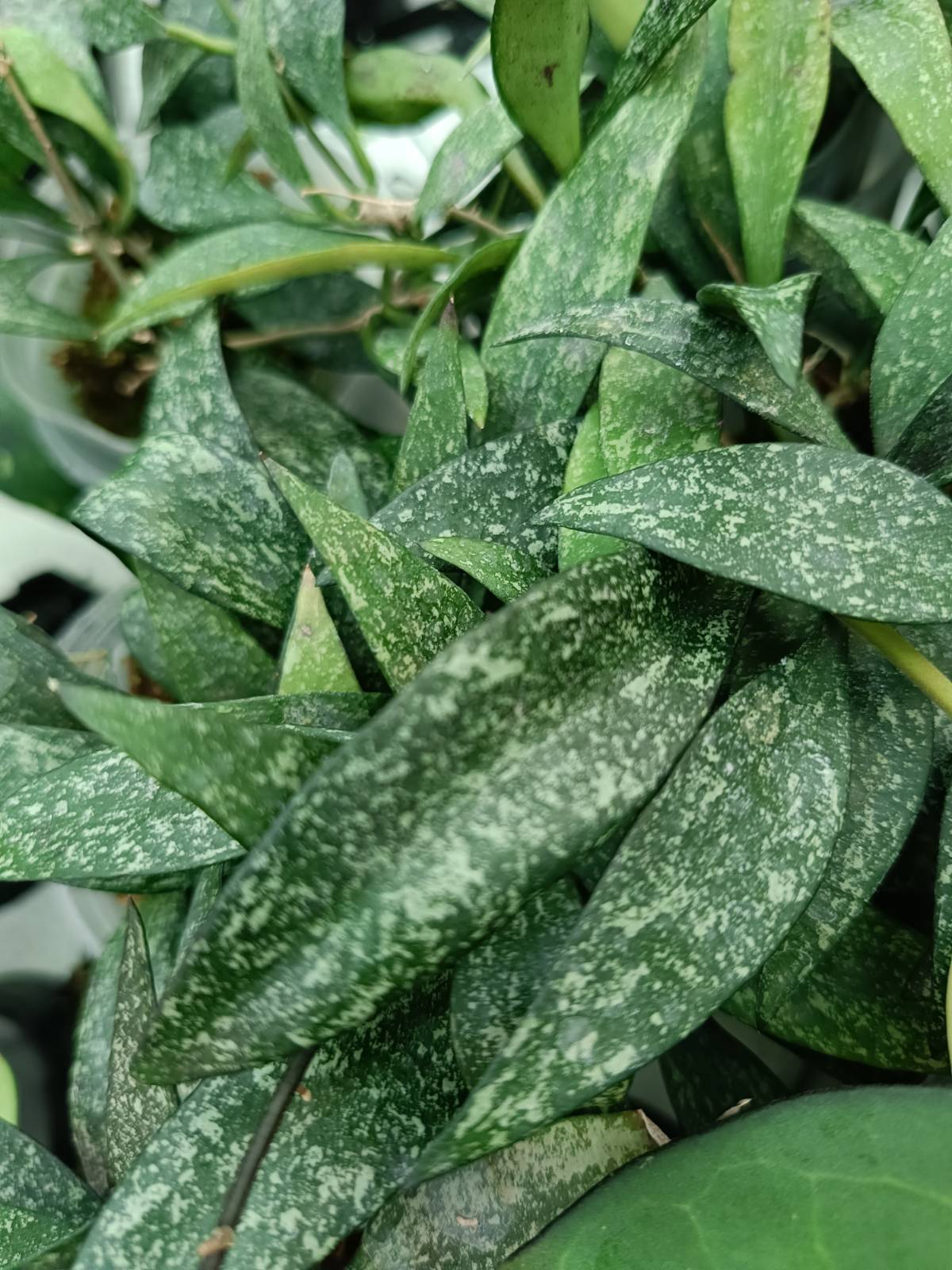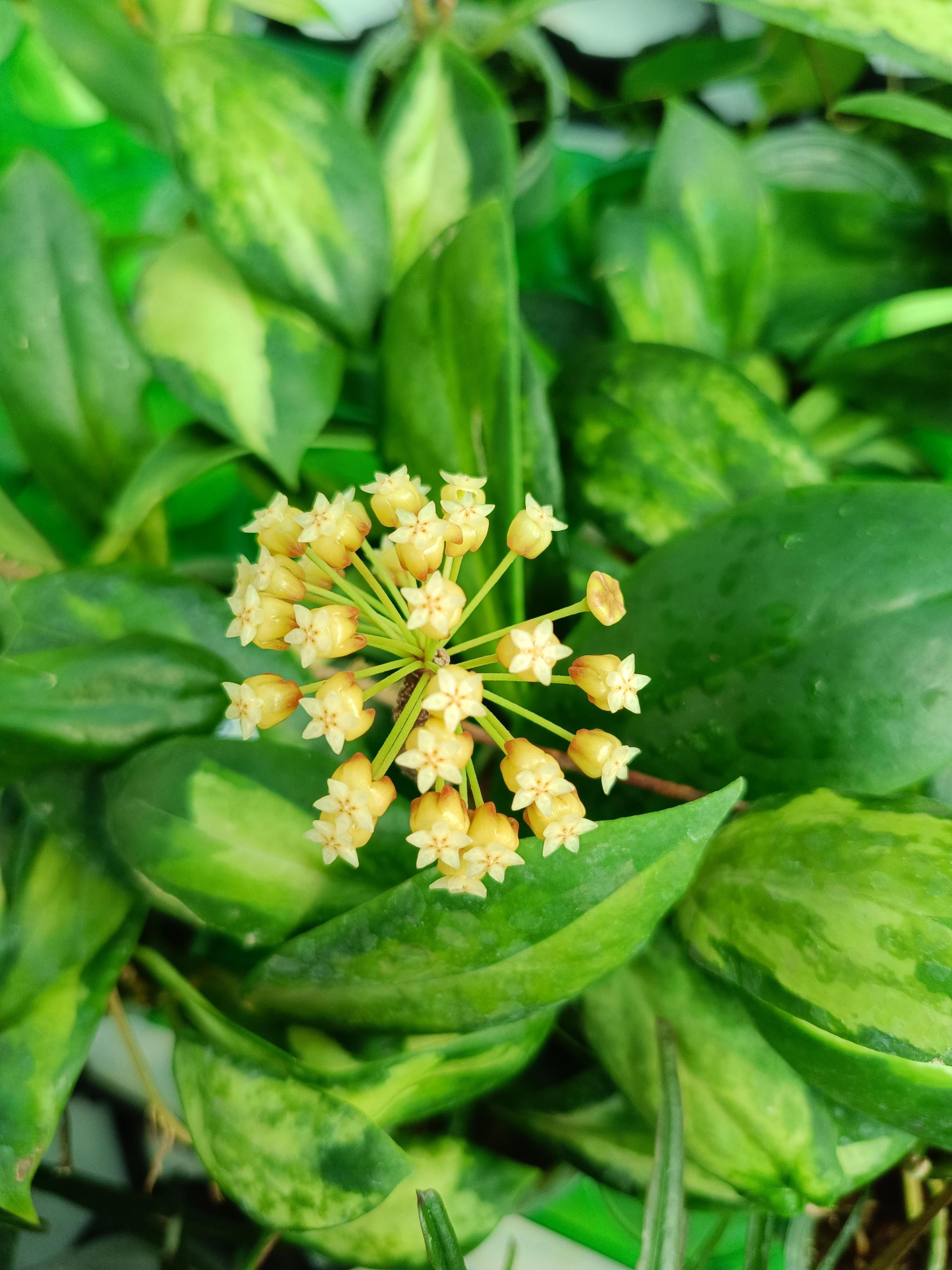
Do you want to get a hoya - a wax flower plant? Or do you already have some at home and you don't know how to care for it, and you want to treat it to the best? If you answered yes at least once, continue reading:
Hoya - the wax flower plant belongs to a very large group of tropical plants of the Apocynaceae family, in their land of origin they are liana-like plants, which grow in the form of bushes or semi-shrubs. There are over 600 known species of hoyas and they come from Asia. In our European conditions, hoya is a houseplant, mainly climbing and recently very popular.
We can divide them according to the shape of the leaf, the color of the flower, the size of the leaves, the way of growth.
Since the hoya is a vine-like plant, it is a good idea to provide it with a support on which it can climb. The holder can have any shape, for example from a metal wire in the shape of a circle.
Why is hoya - wax flower plant so popular?
- non-toxic to humans and animals
- cleans the air
- easy to care for
- suitable for beginners
- accepts irregular watering, does not fear the drying out of the substrate
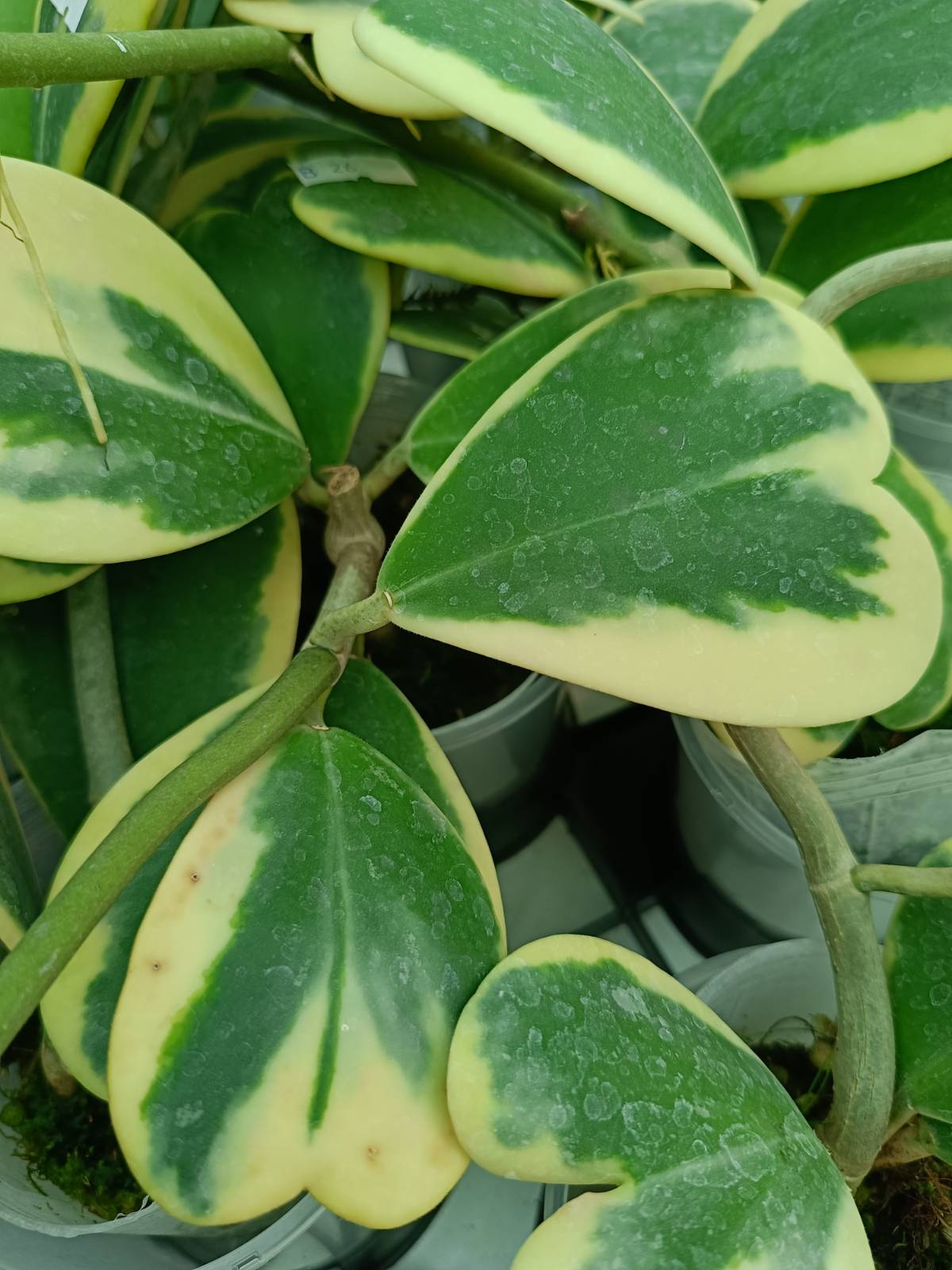
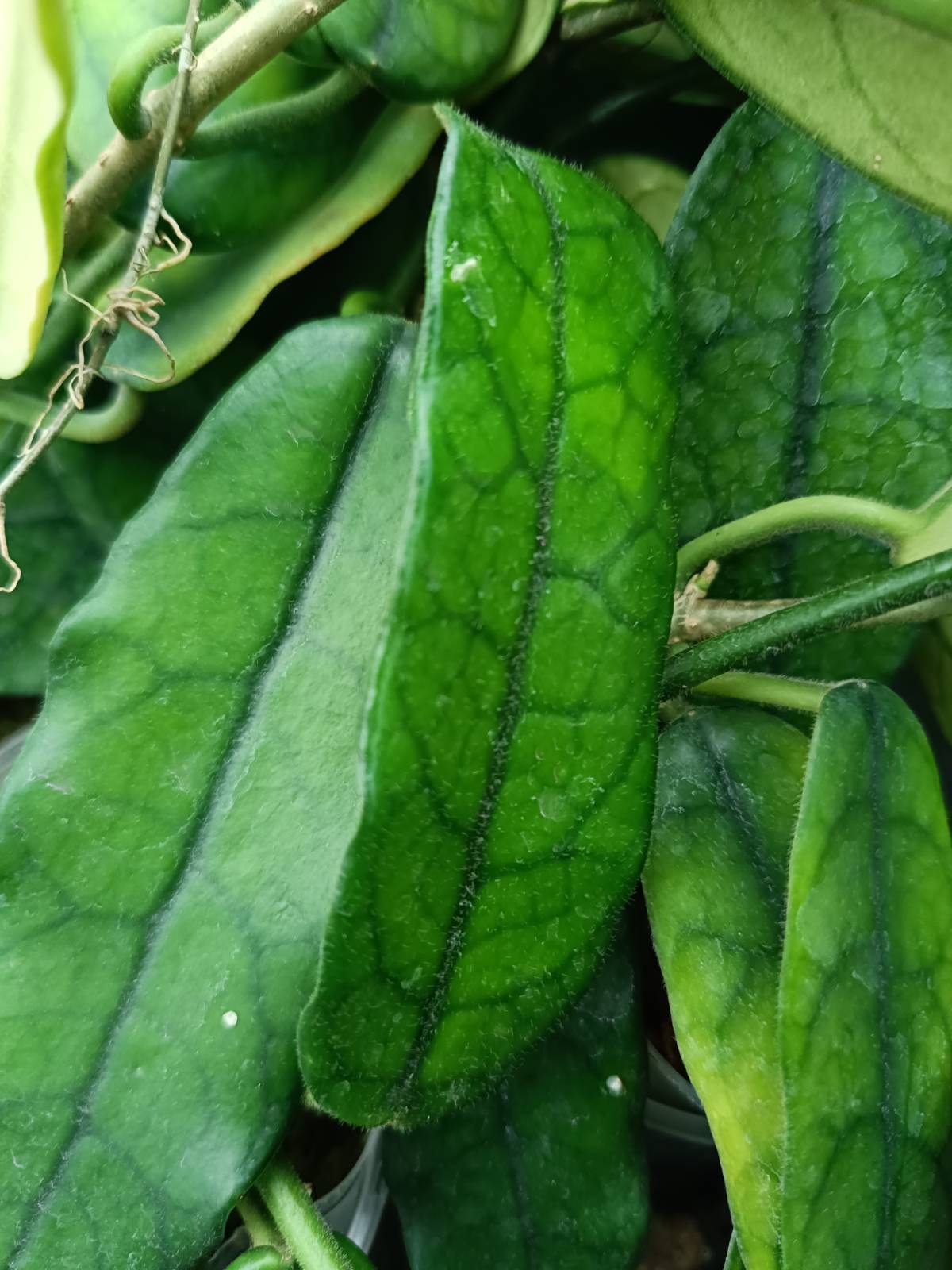
How to care for hoya - wax flower plant?
Light: Hoya loves a lot of light, indirect sunlight. Direct sunlight can cause irreversible damage to leaves. The ideal location for the hoya is near windows to ensure sufficient light, but obviously without direct sunlight. Give it enough light and it will repay you with rapid growth and lots of flowers.
Substrate:Hoyas love a free-draining substrate, they will appreciate a free-draining aroid mix (a mixture of perlite, coir with long and short fibres, peat), but can be grown successfully in other types of substrate, some prefer semi- hydro or pon. We grow hoya in sphagnum moss and based on our results we can say that they like it and are satisfied.
Watering: The only thing hoya is susceptible to is overwatering. Hoya does not like to be watered too much, this can lead to rotting of the roots and therefore the death of the entire plant. It is recommended to water the hoya only when the substrate is almost dry, in some cases even after the substrate is completely dry - you will know more about it below. For irrigation we recommend using rainwater, which is more suitable for all indoor plants. We fertilize our plants regularly throughout the year. At home we recommend using a normal liquid fertilizer for green plants diluted in water according to the instructions on the package. We fertilize alternately with watering (which means we water once with clean water, once with clean water with fertilizer).
Humidity and temperature: The optimal temperature for growing hoya is 16-27°C, temperatures below 10°C can be destructive for hoya. At higher temperatures, the leaves may begin to yellow and fall off. During the summer season it is possible to move the hoya outdoors, always away from direct sunlight. Humidity is not very important, but with higher humidity the hoya is happier and grows faster. The ideal value is around 60%, lower humidity can slow growth and produce fewer flowers.
Propagation: Hoya is propagated by stem cuttings, preferably with two nodes, which root better in sphagnum moss, which must always be kept slightly humid. Once the root system is sufficiently developed, the cutting can be transplanted into the preferred substrate. We transplant the rooted cuttings into sphagnum moss and into a very small pot.
Repotting: Hoya generally likes to be compact and tight in the pot, so repot it about every 2-3 years and only use a slightly larger pot. Use the same substrate that the plant was used to.
What not to do with Hoya:
- do not repot too often
- do not transplant into a large pot: Hoya likes to be cramped
- do not water excessively, once every 10/14 days is sufficient
- do not spray on the flowers
- do not cut long stems: new leaves will soon emerge
How to make hoya flower:
In general it can be said that making a plant flower can be a difficult task. Each plant has different needs, but we can safely say that making hoya flower is not that difficult. So how do you do it:
- Allow the substrate to dry completely.
- Move the hoya to a brighter location (so it absorbs as much sunlight as possible)
- Water the plant abundantly with water and fertilizer, but only so that the substrate is not too wet.
- Keep the humidity above 40%.
- In the morning you can spray hoya.
The division of hoyas according to the shape of the leaf:
- Needle-like leaves: hoya insularis, hoya retusa, hoya spartioides
- Broad-leaved
- Small-leaved
- Heart-shaped leaves - hoya kerrii
- Elongated leaves - hoya burmanica
- Variegated leaves – hoya heuschkeliana, hoya macrophylla variegata, hoya callistophylla
Discover our collection of hoyas - wax flower plants or variegated hoyas.
